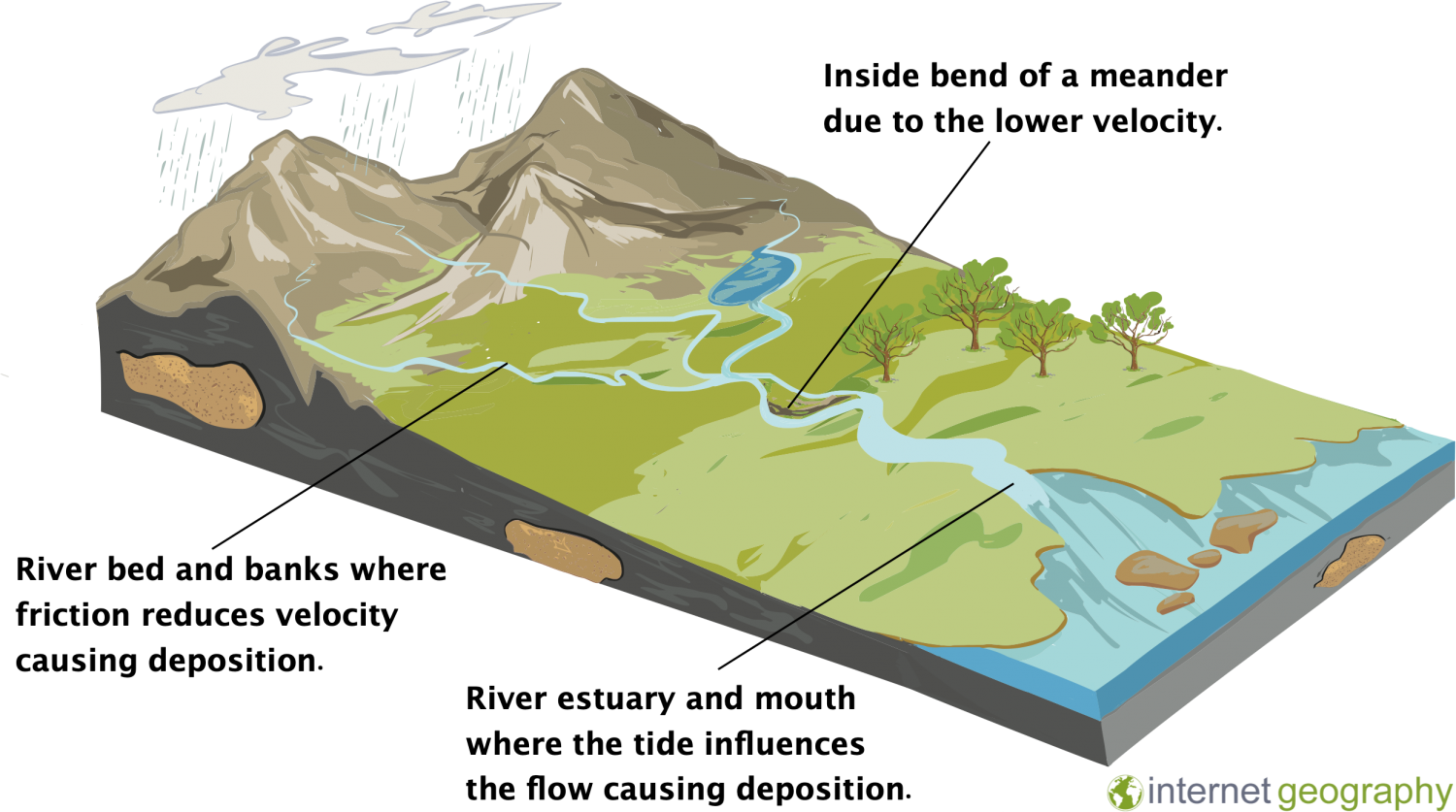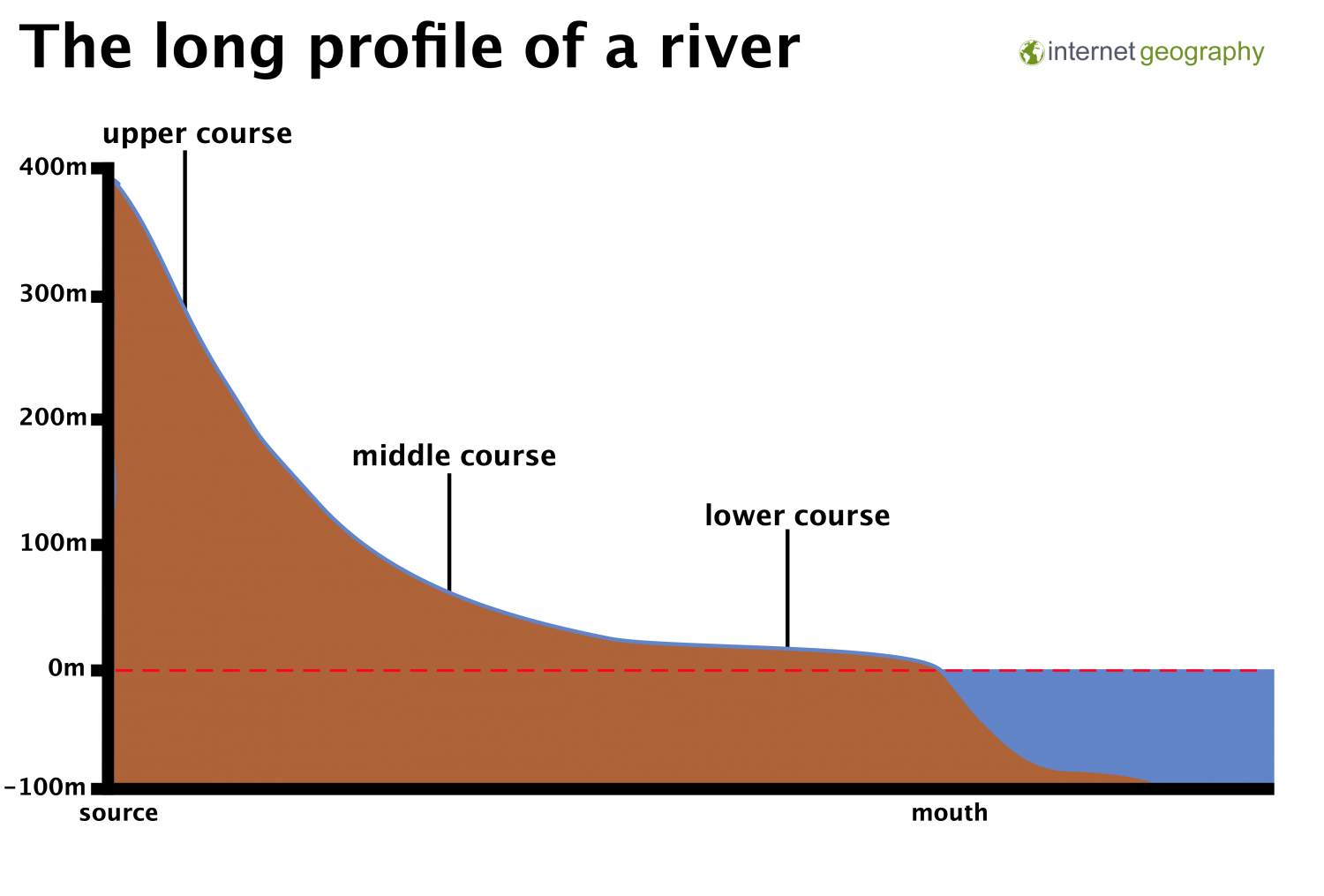
It was a dramatic turn of events, after portions of the river reached their shallowest levels in 10 years in October.Īs residents worked to protect cities and homes, sandbags were stacked high in areas along the river. However, the peak crest of 22.83 feet was nearly three feet below the record.Upstream of Dubuque, Iowa, the river reached one of its top three flood levels, dating back to the 1800s.The river reached its highest levels since 2001.

Portions of the upper Mississippi also received above normal rainfall in April, as much as 4 inches above normal, said the LaCrosse, Wisconsin, weather service office. That's what drove the river rises in the Mississippi and its tributaries."

Then in early April, "we had a pretty rapid and extreme warmup in the Upper Midwest," Welvaert said. Record-setting snow fell in Minnesota and northern Wisconsin over the winter. READ MORE: Latest climate change news from USA TODAYįorecasts call for little rain in the coming ten days, so the river is expected to begin a slow decline. How does climate change affect you? Subscribe to the weekly Climate Point newsletter Louis over the next two to three days."īecause major flooding remains along the river in many areas, the weather service warns residents not to enter flooded waters – "hidden debris that the flood has picked up along the way can cause serious injury and/or trap you under the water with strong currents." "We're looking for the crest between Keokuk (Iowa) and St. The river was peaking Wednesday at Dam 17, just north of New Boston, Illinois, said Mike Welvaert, a service coordination hydrologist with the North Central River Forecast Center. After rapidly overflowing its banks and pouring into homes and businesses along its upper reaches, the Mississippi River has crested in much of the Upper Midwest, easing fears of a record disaster, even though major flooding is forecast to continue in the region through mid-May.


 0 kommentar(er)
0 kommentar(er)
